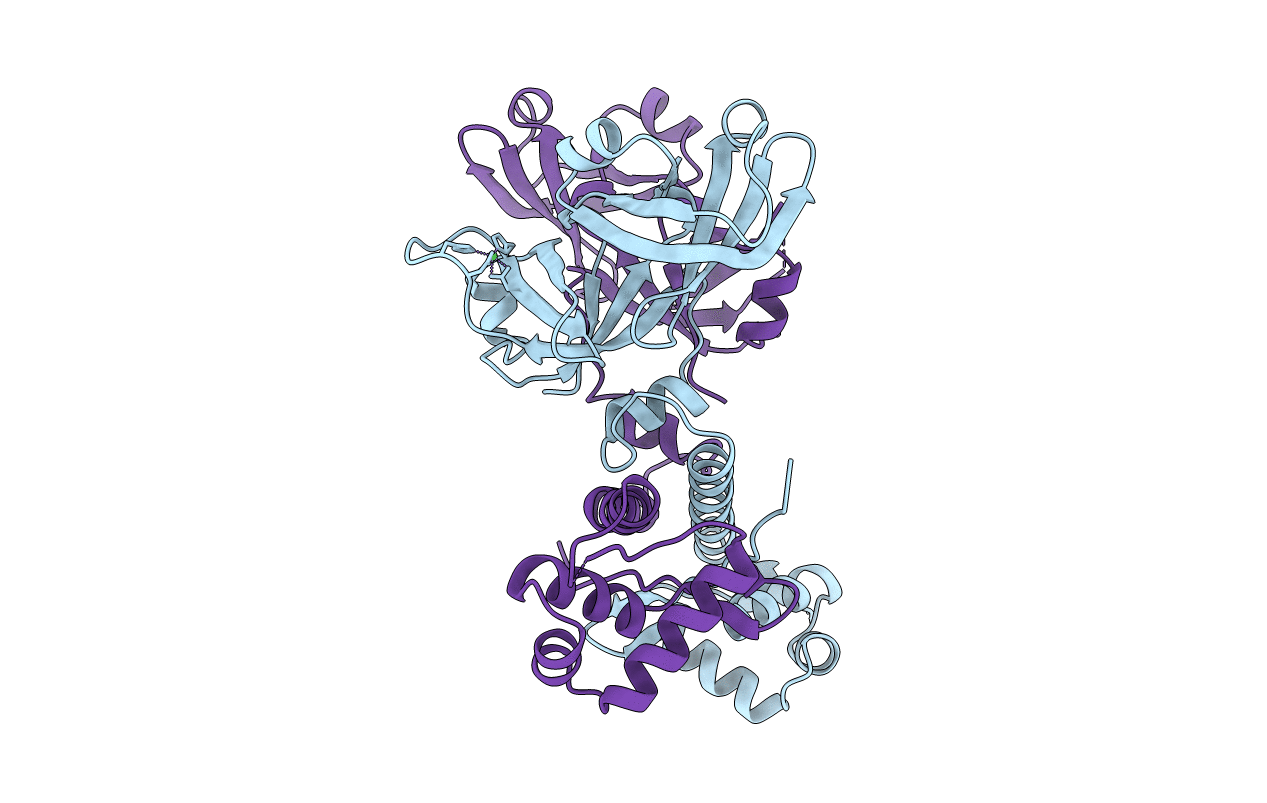
Deposition Date
1999-02-12
Release Date
2000-03-15
Last Version Date
2024-11-06
Method Details:
Experimental Method:
Resolution:
1.75 Å
R-Value Free:
0.27
R-Value Work:
0.23
Space Group:
P 21 21 2


